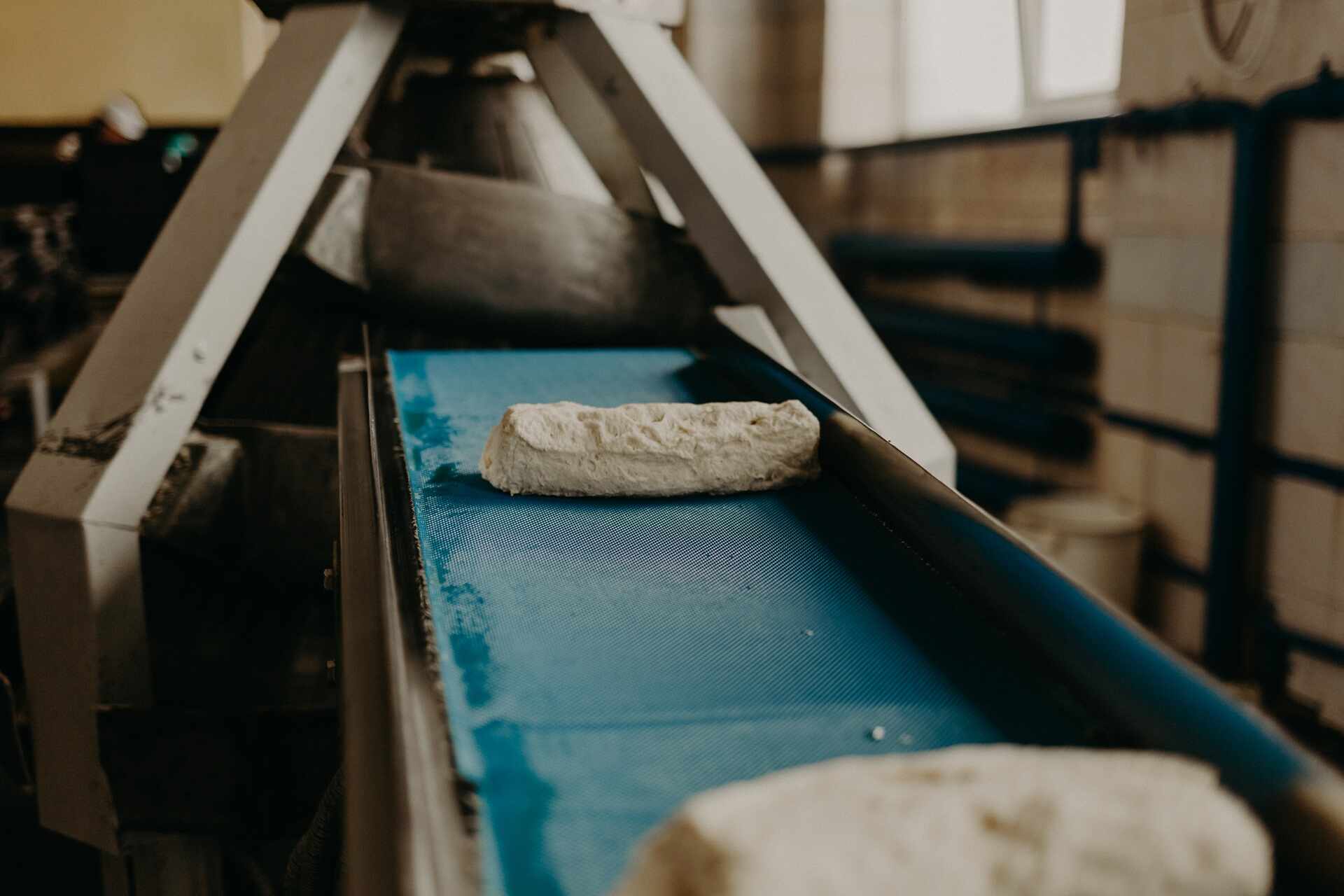Conveyor belts are an integral component of food manufacturing facilities, facilitating the efficient transportation and handling of food products during various stages of the production process. However, conveyor belt systems can also be a significant source of operational downtime, resulting from wear, damage, or maintenance requirements. Such downtime can negatively impact productivity, product quality, and your facility’s bottom line.
To tackle this challenge, food manufacturers must proactively develop and implement strategies focused on reducing conveyor belt downtime and ensuring seamless operations at every stage of the food production process. By identifying potential sources of downtime, prioritising preventive maintenance, and investing in high-quality conveyor belt components, you can enhance your facility’s operational efficiency and achieve long-term success in the competitive food manufacturing landscape.
In this insightful guide, we will delve into the various factors that can contribute to conveyor belt downtime in food manufacturing facilities and share expert tips on minimising their impact on your operations. Learn how to effectively manage conveyor belt downtime, bolstering productivity, efficiency, and the overall performance of your food manufacturing facility.
Identifying Potential Sources of Conveyor Belt Downtime
To minimise conveyor belt downtime, it’s essential to understand the factors that can contribute to operational interruptions and delays. Some common sources of downtime in food manufacturing facilities include:
1. Component Wear and Tear: Regular wear and tear over time can lead to conveyor belt components becoming worn or damaged, potentially causing malfunctions or failures and resulting in downtime.
2. Belt Misalignment: Conveyor belt misalignment may occur due to component wear, damage, or conveyor system design flaws. Misalignment can cause uneven belt wear, increased energy consumption, and belt damage, ultimately leading to downtime.
3. Product Spillage: Accidental spillage of food products on the conveyor belt can result in contamination, damage to the belt surfaces, or necessitate cleanup, causing unplanned downtime.
4. Preventive Maintenance: While preventive maintenance is essential for maintaining the efficiency and longevity of conveyor belt systems, it can also cause planned downtime in your operations.
Implementing Preventive Maintenance Strategies
Proactive preventive maintenance is an effective strategy to minimise downtime associated with conveyor belt systems. Consider the following tips to establish a robust preventive maintenance plan for your food manufacturing facility:
1. Regular Inspections: Schedule frequent conveyor system inspections to identify early signs of component wear, damage, or other potential issues. Addressing issues promptly can help prevent more significant problems down the line, reducing the likelihood of unplanned downtime.
2. Lubrication and Tensioning: Ensure proper lubrication and tensioning of conveyor system bearings, chains, and other applicable components to prevent excessive wear or malfunction.
3. Replacement of Worn Components: Keep track of components with applications specified a life span or known wear patterns, and replace them proactively before they fail or cause damage to the conveyor belt system.
4. Monitoring and Reporting: Implement monitoring systems to track key performance metrics of your conveyor belt systems, such as energy consumption, running hours, and error types. Use this data to inform your maintenance planning and identify potential areas for improvement.
Investing in High-Quality Conveyor Belt Components
One of the most effective methods of reducing downtime in your food manufacturing facility is to invest in high-quality conveyor belt components designed for durability, reliability, and consistency. Consider the following factors when selecting conveyor belt components:
1. Material Quality: Opt for top-grade materials that can withstand the rigours of the food manufacturing environment, ensuring your conveyor belt components can withstand wear, temperature fluctuations, and corrosive substances.
2. Proven Performance: Choose components and systems with a proven track record of performance and reliability, ensuring your conveyor belt systems can deliver consistent results over the long term without unnecessary downtime.
3. Customisation Options: Select products tailored to your specific food manufacturing application, ensuring optimal operational performance and longevity.
4. Supplier Reputation: Partner with a reputable conveyor belt supplier like Change Parts Pty Ltd, with industry-leading expertise and comprehensive customer support to help you stay ahead in the competitive food manufacturing landscape.
Optimising Operational Practices for Reduced Downtime
Reducing conveyor belt downtime in your food manufacturing facility is also tied to the operational practices employed by your team. Here are some best practices to consider:
1. Employee Training: Invest in ongoing training programs, empowering your workforce with the knowledge and skills required to operate and maintain conveyor belt systems efficiently, minimising potential downtime risks.
2. Encourage Open Communication: Foster an environment where employees feel comfortable sharing potential issues and concerns, enabling your team to respond promptly and effectively to minimise downtime impacts.
3. Lean Manufacturing Strategies: Implement lean manufacturing strategies focused on continuous improvement, waste reduction, and operational efficiency, helping identify areas of your conveyor belt systems that can be optimised to reduce downtime.
Conclusion
Reducing conveyor belt downtime in food manufacturing facilities is crucial for maintaining productivity levels, optimising operational efficiency, and protecting your bottom line. By identifying potential sources of downtime, implementing preventive maintenance strategies, investing in high-quality conveyor belt components, and optimising operational practices, you can ensure that your food manufacturing facility runs smoothly and efficiently, giving you a competitive edge in the industry.
Ready to take control of conveyor belt downtime and enhance the efficiency of your food manufacturing facility? Contact Change Parts Pty Ltd today for expert advice, top-quality conveyor belts, and comprehensive support, empowering you with the tools and knowledge required to elevate your operations and secure long-term success in the food manufacturing sector.




